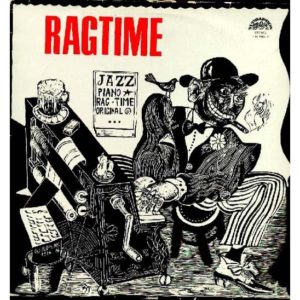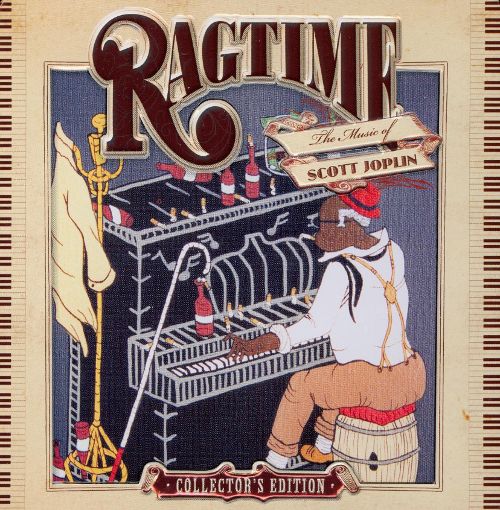Ragtime: What A Time To Be Alive

Ragtime began in the late 19th century and early 20th century, ragtime peaked in popularity. It began to recognized as an all black genre. The style was directed towards entertainment and performance style. With its roots deep in cakewalk and coon songs, ragtime added a beat to dance songs. The piano played an important role in shaping the sound of ragtime. Ragtime can be recognized by its bouncy rhythms and beats due to incorporation of syncopation. Syncopation is the disturbance of the flow of rhythm by accentuating the off beat. Syncopation is the staple of ragtime.Since ragtime was a composed and instrumental genre, sheet music could be written and shared amongst artist. Written sheet music opened the door of inclusion allowing whites the ability to mimic the genre. Scott Joplin is a important ragtime performer known famously for his composition of “Maple Leaf Rag”. Maple Leaf Rag was the first written rag to sell 1 million copies. Ragtime popularity continued to expand after incorporation of sheet music. Many black musicians were unable to read and write, so white people took the opportunity to receive commodity from the “for blacks, by blacks” genre.Rags were performed in bars and saloons in black communities. The genre was used to entertain and bring black people together for a good time. Although this was true, rags were also used to negatively portray black people with stereotypical connotation by white people. As stated above, ragtime originated from cake walk and coon songs. Cake walks were dances performed by slaves to impress their masters. Slaves would dance in costume accompanied by rag. The winner would be rewarded a cake. Coon songs were performed at minstrel shows. White people dressed in black face and sung derogative racist lyrics about black people for entertainment.


